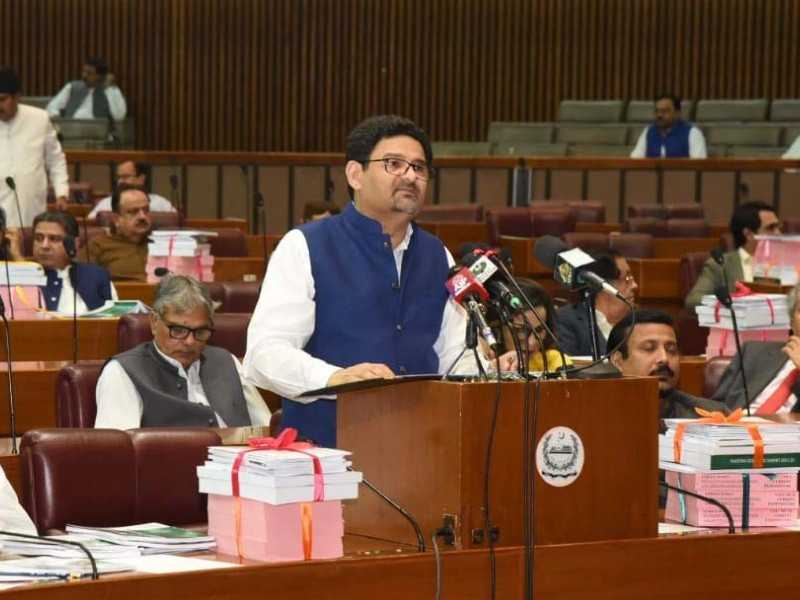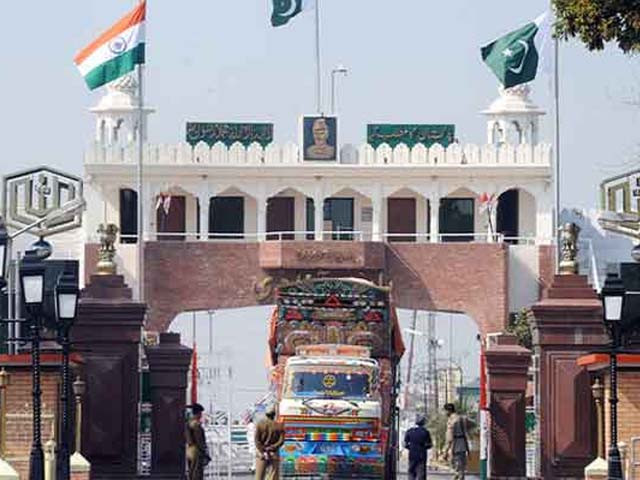
Pakistan must hold the policy rate as the economy recuperates
The Monetary Policy Committee (MPC) is set to discuss the future of the policy rate in its scheduled bimonthly caucus. In the previous meeting, the MPC decided against any change in the rate owing to the anticipated range-bound average inflation from 7 to 9%. It deemed negative real interest rates accommodative for the businesses under the Covid- triggered economic sag. The committee also highlighted the series of measures taken by the central bank that injected an estimated stimulus of Rs.1.58 trillion, roughly 3.8% of the GDP.
The broader outlook of the economy parallels the State Bank of Pakistan’s (SBP) expectations. The Consumer Price Index (CPI) was recorded at 9% in September and 8.9% in October. But, the prices of food commodities continue to surge upwards. The plight becomes worse when the price level between urban and rural centres demonstrate a staggering disparity. The positive aspect is that much of the price uptick is due to supply-side hitches. This means that the aggregate demand is still not the problem; hence the SBP can carry on with its expansionary policies during the second wave of the coronavirus.
The MPC must cautiously mull upon the prudent policy rate because a rise would have repercussions on businesses, consumer behaviour, and even the stock market. From the industrial point of view, a rise in borrowing cost will sow the seeds for cost-push inflation. On the flip side, it will give air to the marginal propensity to save of consumers. This will prune the aggregate demand in the economy and tempt investors to shift from equities to fixed-income securities.
Pakistan’s economy has been under the weather for the past few years. The MPC augmented the interest in no time to withstand the soaring inflation. This price hike transpired when the prolonged overpriced rupee observed a swift devaluation in the wake of the abysmal foreign reserves level in the country. Such volatility in both the interest rate and currency adversely impacted business activity in Pakistan. This is evident from the SBP’s Business Confidence Index (BCI), which stood in the negative territory for much of this time.
However, the rupee’s incessant depreciation against the dollar settled when its nominal value got along with the Real Effective Exchange rate (REER). The contractionary measures of the government significantly pruned the colossal current account deficit (CAD). It meant that there would not be a need for a devaluation if the CAD remains around $6-7 billion. In addition to this, Pakistan is savouring colossal inflows in the form of buoyant remittances, a drop in SBP forward commitments, and a depreciation of the American dollar during the election and consequent Donald Trump ouster. As a result, the market observed an anomalous appreciation of the rupee for a 22-day streak until the exchange rate plunged by Rs1.5 on Wednesday.
The interest rates were also reversed on a priority basis for the resumption of the economy post lockdown. Pakistan was amongst the countries that exercised excessive monetary easing (625 bps) to resurrect the low aggregate demand. This culminated in a notable recuperation of the economy. For instance, large-scale manufacturing (LSM) expanded by 4.8% in the first quarter of the fiscal year, with a 7.7% growth in September alone.
In the recent annual report, the SBP has improved the growth projection from 1.5% to 2.5% for 2020-21. It opines that the macroeconomic variables will ameliorate with a stable CAD, sizable remittances, and favourable export outlook while its inflation forecast of 7-9% is intact. There is significant room for the imports to grow, so pushing demand is unlikely to be counterproductive. Hence, the SBP should sustain the policy rate at 7% in a bid to circumvent market volatility.




COMMENTS
Comments are moderated and generally will be posted if they are on-topic and not abusive.
For more information, please see our Comments FAQ